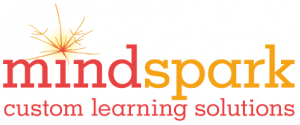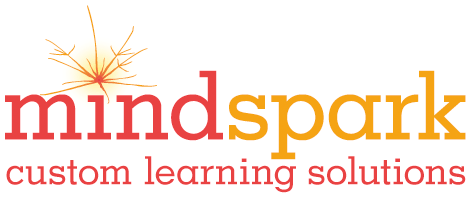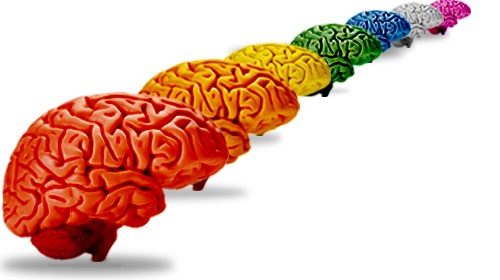So, I have this student, let’s call her Lisa. Lisa is a fifteen year old with a rare chromosomal abnormality. She presents as someone with pretty severe autism: she barely makes eye contact, but is fully verbal. She has a personal relationship with the technical gadgets in a room (“Ask Printer if he knows the answer,” “It’s Projector’s turn to do a problem,”), but she won’t remember the names of students she’s been in class with for months. She has trouble reading a clock or counting change with automaticity, but she is one of my best Algebra students. You read that right: one of my very best Algebra students. She uses a white board (only the one with curved edges, not the square corners, and only with a blue dry-erase marker, never another color, especially not pink) to do all her work because her fine motor skills make it hard to fit side-work onto a single sheet of paper, but she unerringly knows what procedure to use when and applies her knowledge with almost complete accuracy.
I taught Lisa in the classroom for two years until I decided to quit classroom teaching and focus solely on my private Educational Therapy practice. Now Lisa comes to my home office twice a week for Algebra, while at school she will still be trying to become automatic at reading a clock and counting out change. Now, I knew that it would take Lisa a little while to get comfortable in her new surroundings, so the first time she came to my house, I ask if she wants to meet my husband, since he’d be around now and again.
“Nah,” she says, “Where’s your printer?” Silly me. She wanted to get straight to what’s important. So I show her my printer.
“He’s an HP, like the downstairs one [at my house]. What kind is he?”
I read her the name, “HP Photosmart Premium.”
“Huh,” she says. “Why do you have the pencil sharpener in front of him?”
“That’s because there is no paper tray and that keeps the papers from falling on the floor.”
“Huh. He probably has a tray.”
“No, I’ve looked all over, and there isn’t a tray. Let’s do some math.”
She pauses in the middle of a problem, eyebrows furrowed. “The tray is probably underneath him.”
“No. I looked. I looked underneath and all around. There isn’t a tray.”
“Huh.” Lisa finishes her problem and asks for a break.
“Ok. Do you want a white board break?”
“Nah. Let’s look for your tray.”
Realizing it is useless to argue, I let Lisa go search for a tray I know is not there, just so she can let her pre-occupation go.
And she finds the tray.
Four years I’ve owned this printer and never found that stupid little tray, and within five seconds she has it pulled out and all set up for me.
In my (admittedly weak) defense, I tell her that I thought the little indentation under which the tray was hidden was a thumb rest.
“Huh.”
Over the course of the next three sessions, Lisa says, “You thought it was a thumb rest. But really it was a paper tray.”
Everyone in the LD community struggles with the choice To Label or Not To Label. Of course we don’t want our kids stigmatized or limited by their diagnoses; each of them is so much more than just “dyslexic” or “autistic” or any other word you could put in quotations. On the other hand, a diagnosis provides a shorthand for the types of interventions, remediations and accommodations that may help. And we can’t forget (how could we?) that a diagnosis is required for services both at school and after. Most importantly, a diagnosis can circumscribe a student’s disability–instead of feeling globally stupid or lazy, suddenly a child (and his or her parents and teachers) can make sense of the pattern of weaknesses and strengths and can realize that a variety of problems actually all arise from one specific source. After all, the word define is related to making finite rather than infinite. But we as teachers, educational therapists and parents, we have to understand that we are defining and circumscribing the learning disability, not the student. Lisa was, and continues to be, a marvelous reminder to me that, to paraphrase S.I. Hayakawa, the diagnosis is not the student. Thanks, Lisa. You’ve taught me so much. Including where my paper tray is.
copyright Diana Kennedy 2013



Beautiful!
Thanks!
Totally agree; many professionals forget that the diagnosis does not define the child; indeed defines a condition! i want to read the book, it sounds interesting!
Great article and I agree completely with your point of view. I just finishing reading the book, Neurodiversity by Thomas Armstrong which celebrates neurodiversity and even define the aspects of a neurodiverse classroom. Let’s celebrate neurodiversity like the nonwestern society do.